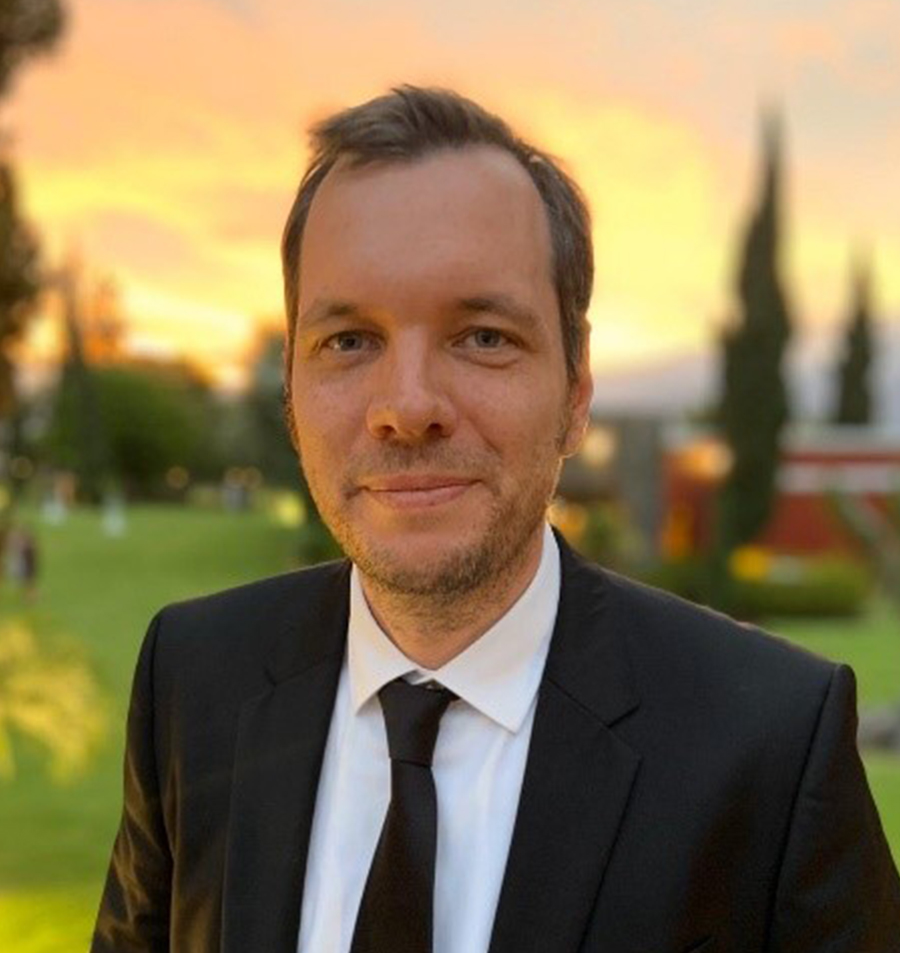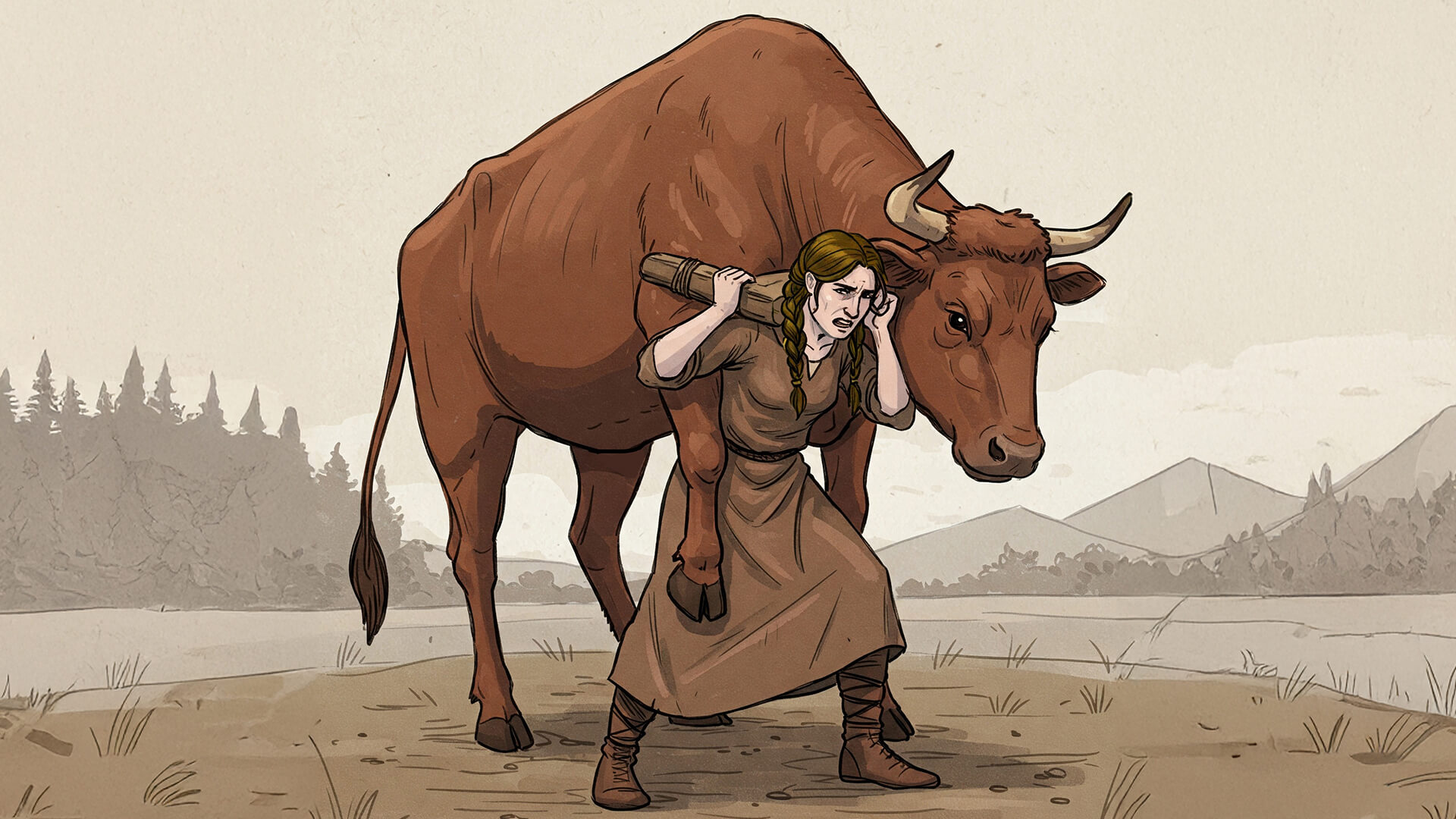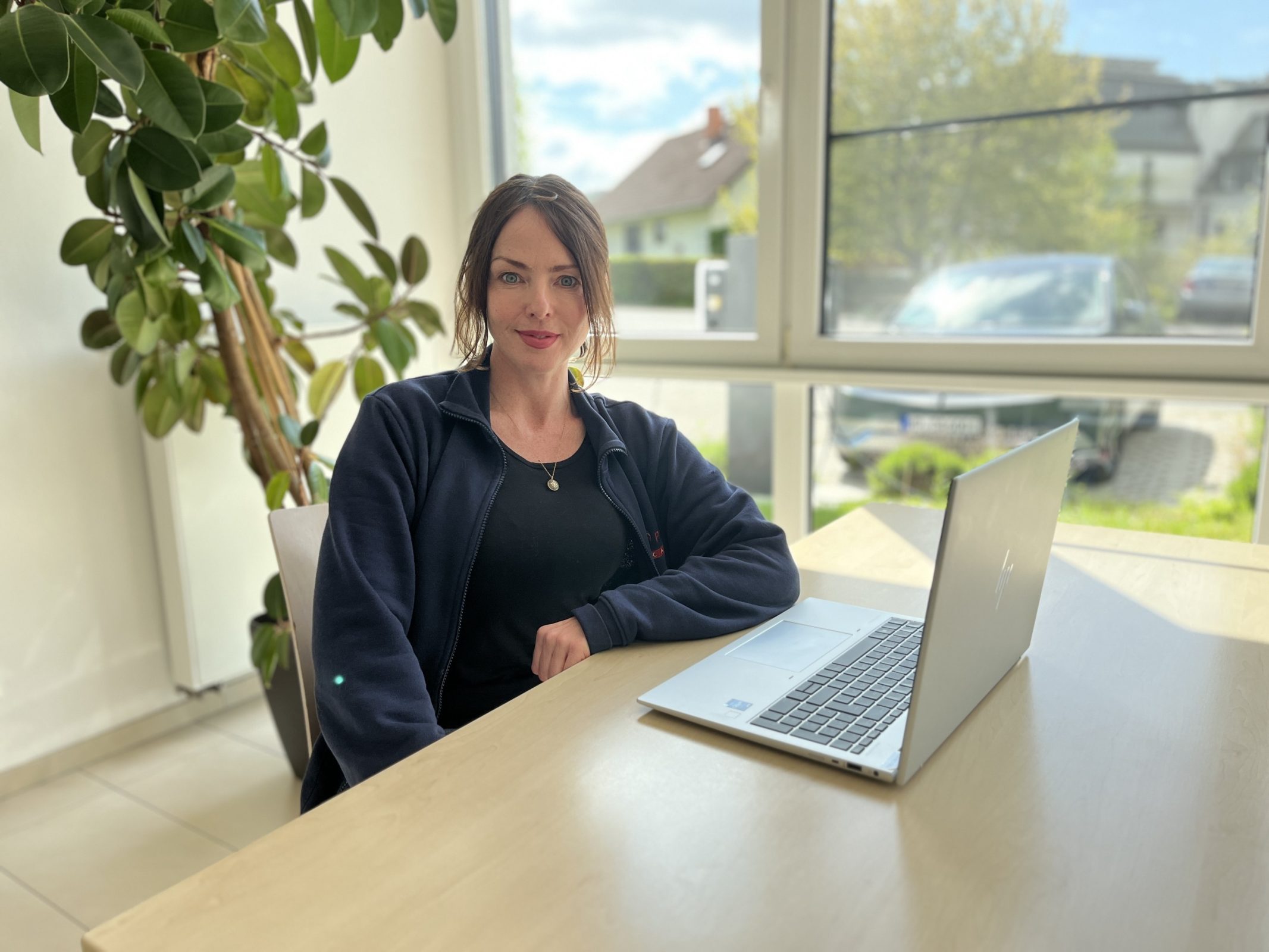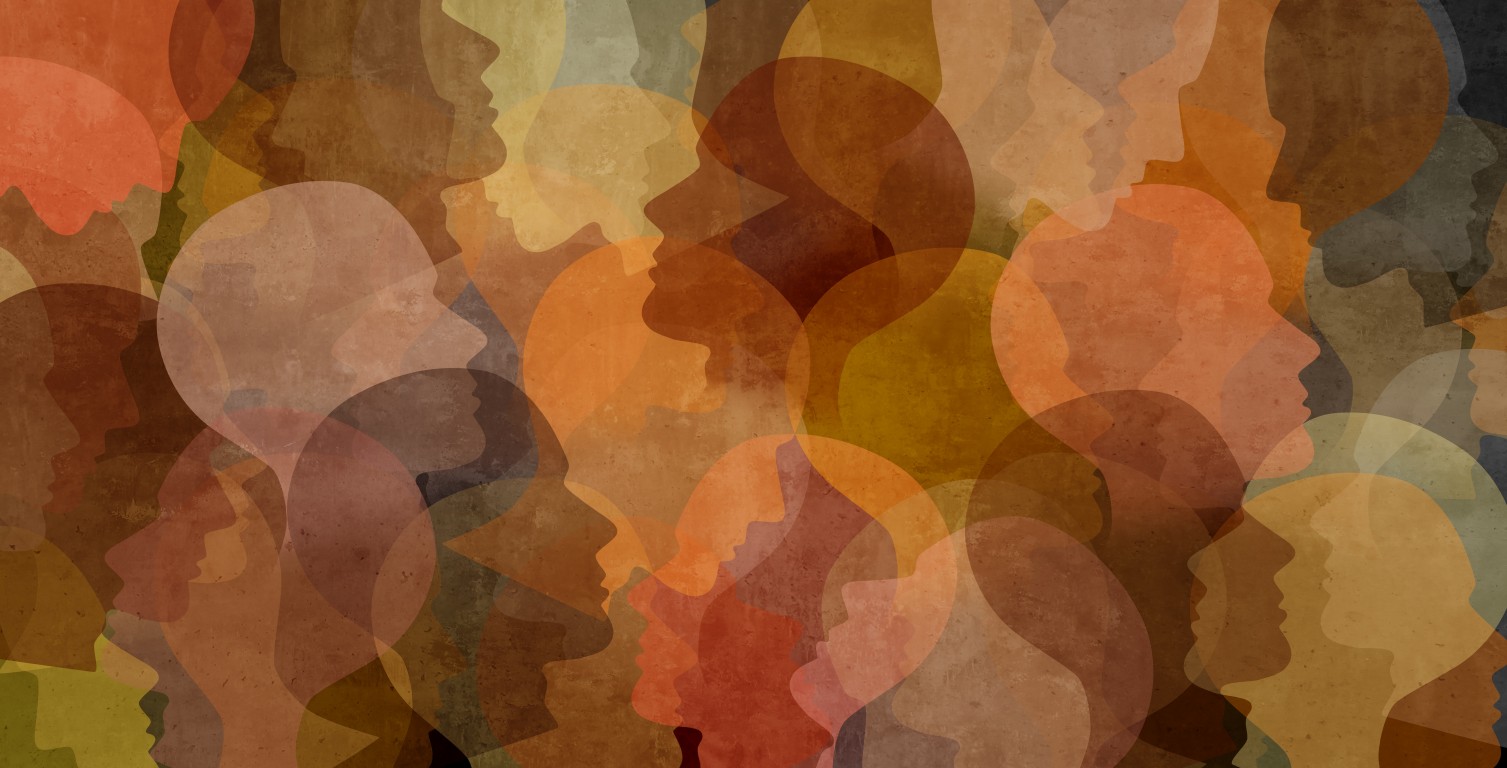In the wonderful book The Thought Gang, the protagonist, a bank-robbing philosophy professor, explains why it is so easy to score highly in philosophy papers: “You just need to stick a question mark on anything: Morals. Morals?”1 (In our case: Management. Management?) Now, the professor does not mention that the question marks are usually followed by an attempt to answer with (hopefully) some substance. I will argue that what he is amusingly describing as easy is – when taken seriously – a difficult thing to do, especially as an ongoing practice.
The weight of habit and the power of norms
It is difficult to question our view of the world because we are so used to it. John Stuart Mill says that everything that appears usual appears as natural.2 And whatever is perceived as natural carries an element of normativity with it, a subtle “and that’s simply how things work”. It just feels right. We can observe this when people refer to certain actions as unnatural behaviour, meaning that certain acts go against the way things were originally intended. (One might counterargue that everything we do is natural; otherwise, people who are accused of unnatural behaviour would be gods.)
It is mostly this accustomed understanding of how things work that stands in our way of questioning them. It is David Hume who reminds us that just because things work in a particular way, it does not mean that they must work in that way.3 Just because we sleep eight hours through the night doesn’t mean that we must. Just because we think certain colours are appropriate for boys and girls does not mean this standard is natural. And just because many managers in the world are bosses, this does not mean a manager needs to be a boss. It just appears to us as natural, because it is usual, and we are accustomed to it.
Breaking free from oxen and blindness
Michel de Montaigne, who states that habit is the strongest power of nature, tells us with a wink the following absurd anecdote to illustrate this power: A country woman got so used to carrying a little calf in her arms that she continued to do so even as it had grown into a full-sized ox.4 What Montaigne wants to say of course is that the reasons for our accustomed behaviour are not found in reason anymore but in an unquestioned habit which inhibits us to see the absurdity in our actions. We are carrying oxen around and don’t even feel the weight.5 While the world is changing, we continue to do the same, because of the habits we won’t let go of. Thus, the chance of our success becomes mostly a matter of luck.
The cases of companies that failed because of that blindness are countless: Kodak, Fuji, Blackberry, Myspace, Nokia, Pan Am, Enron, Silicon Valley Bank, etc. And the list of companies permanently underperforming because they are carrying oxen around is probably much higher. The resulting question for us is clear: How do we make the invisible visible again?
Learning from the past: History as a tool for awareness

The clearest, most convincing, and almost undisputable way of reminding us that things can be done differently is to develop historical awareness. A hundred years ago, clothing descriptions said that pink was for boys and blue for girls, or white was for both because colours were not gendered yet.6 In the 19th century, sleeping patterns were often biphasic: people would sleep for three hours, wake up, and have their “second sleep” after midnight.7 History does more than show us that things could be different. By showing us that and how it was already different, history proves it. Looking at the past grounds us and at the same time elevates us to take a contradictive perspective. It challenges the fundamental idea that things are set in stone and forces us to acknowledge that the world is ever-changing.
Needless to say, there are many other ways to challenge ourselves apart from history: by speaking to people who come from a somewhat “different” world, meaning different knowledge, experience, culture, or any other difference; and by letting them speak, assuming they have something valuable to say and letting what they say influence us, without immediate defence mechanisms kicking in. For example, they might challenge our general assumption that one leadership strategy will be enough to deal with all the different people and situations we must deal with and let us respond to that challenge. That is what we call a dialogue and it’s all that’s really needed. It’s not easy to achieve.
Critical thinking as an ongoing practice
It is probably impossible to do that alone and very difficult to do in the day-to-day business where we are mostly guided by routine. It is also not always necessary. We can’t afford to have permanent breaks and think deeply about everything. Rather than that, critical thinking needs to become a practice, something we do constantly in the background of our mind, pushing further when we think it is necessary. Critical thinking is not a skill, it is a disposition. When we think critically, we decide (more) how critical we want to be, not the circumstances.This is what we train at the Academy and have to offer to the people who come here: a way of critical thinking about whatever we need to think about, from strategy to leadership, to customers, products, risk, purpose, values, and so on. Skills, general knowledge, and data are the basis and often a welcomed addition to our training, but it is not the main objective. Most of this stuff one can learn at home, perhaps online, self-paced, AI-supported. What one cannot learn alone at home is a certain way of thinking which is practiced and repeated constantly, fostering the understanding that usually our problems are more complex and almost always interdependent, structural problems. In addition, we inquire about the reasons for our particular understanding of them. What are the experiences I made and lessons I learned, the beliefs and principles I hold that make me think what I think? Critical thinking means taking an honest look at reality and recognising the contradictions within it as facts. At the same time, it is clear that critical thinking requires more work and time and therefore cannot always be the right choice and might even sometimes be undesirable. Critical thinking must be critical with itself.
Thus, a permanent critically thinking person would be a terrible person. When we fall in love, we are not being very critical. It would not allow for the magic to take place. Similarly, if we want to generate critical mass to implement a new strategy, we need symbols, slogans, and a certain type of less-critical (e)motion that will help deploy the necessary forces that make it successful. It is precisely what you will learn here: the ability to choose how you want to position yourself within the complexity of life and work. This allows you to deal better with challenges, problems, frustrations, uncertainty, and complexity, and thus to become much more resilient and autonomous as you emancipate yourself from what you take as a given. By exercising this, your actions and decisions become an informed choice instead of a reflex. In this sense, training critical thinking is comparable to exercising, dancing classes, guitar lessons, or learning French.
In the end, we do not train for tests or good grades on philosophy papers but play in front of an audience, dance with our partners in the crowds, manage our teams, and do the heavy lifting in our companies. What else would we train for?
References
1. Fischer, Tibor. The Thought Gang, 1994, p. 119.
2. Mill, John Stuart, The Subjection of Women, 2017, p. 8.
3. Amongst others.
4. Montaigne, Michel de. Essays, Chap. XXII. (Compare to Milo of Kroton.)
5. Ever got that feeling when thinking of business processes?
6. Paoletti, Jo B. Pink and Blue: Telling the Boys from the Girls in America. Indiana University Press, 2012, p. 85.
7. Ekirch, Roger. “History of sleep: what was normal?” Interview by April Cashin-Garbutt. News-Medical, 10 July 2023, www.news-medical.net/news/20170517/History-of-sleep-what-was-normal.aspx.






